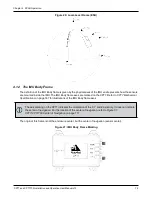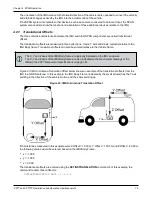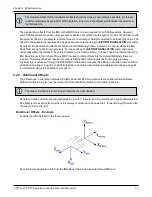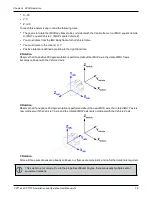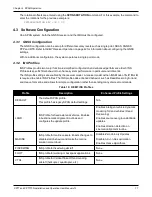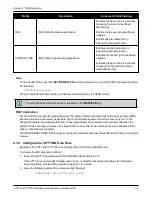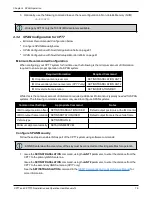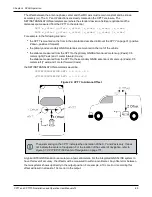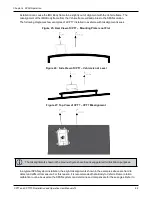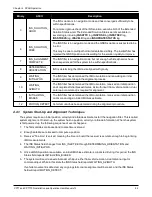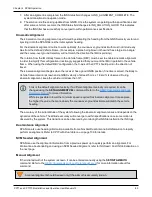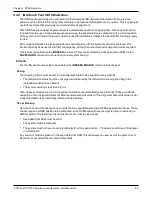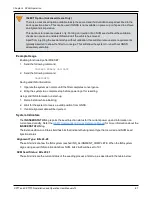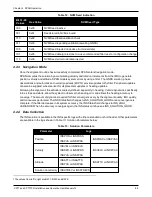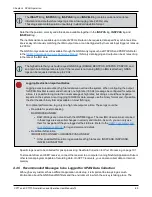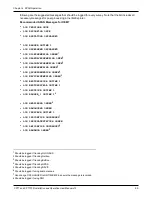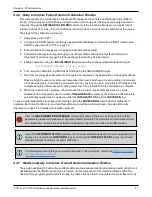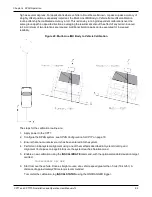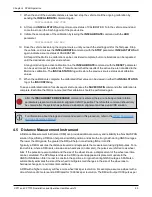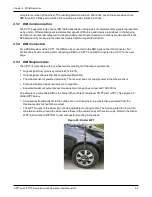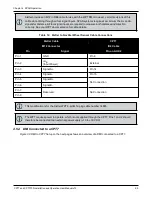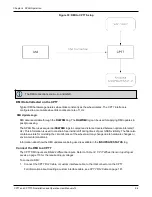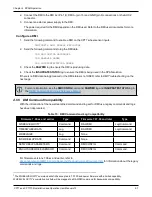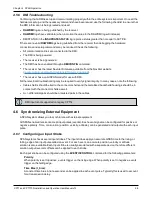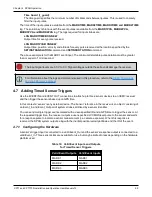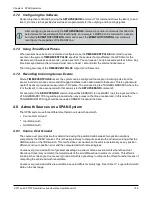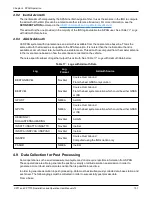
Chapter 4 SPAN Operation
CPT7 and CPT7700 Installation and Operation User Manual v12
86
4.4.2 INS Seed / Fast INS Initialization
The INS Seed functionality is an alignment method whereby INS alignment information from a previous
powerup can be injected into the system at startup to achieve an INS alignment very quickly. This is especially
useful for systems that previously required a kinematic alignment.
When INS Seed is enabled, alignment data is automatically saved when appropriate, with no specific action
required from the user. During subsequent power ups, the saved solution is compared to the current position
of the system, and if valid, the saved solution is used to immediately initialize the inertial filter, making it ready
for use.
Error model information is also saved with the seed data. Even if full alignment cannot be achieved, this
information will still be used to aid filter convergence, although another method of alignment will be required.
This feature is enabled via the
INSSEED
command. This command setting must be saved to NVM via the
SAVECONFIG
command to be used upon next system boot-up.
Criteria
For the INS seed functionality to be enabled, the
INSSEED ENABLE
command must be sent.
Saving
The following criteria must be met for valid alignment data to be saved into receiver NVM.
l
The INS solution status must be converged, as indicated by the INS solution convergence flag in the
inertial Extended Solution Status.
l
The system velocity is less than 0.2 m/s.
When these conditions are met, the required information is automatically saved to NVM. If these conditions
cease to be met, the saved alignment data is automatically discarded. If the alignment data is discarded, error
model information is automatically retained as appropriate.
Use at Boot-up
Upon boot, several checks are done to verify that any seed data existing in NVM is appropriate for use. These
checks require a GNSS position to be computed, so an NVM seed will never be injected prior to achieving a
GNSS position. The following criteria must be met in order to use a seed:
l
Seed data from NVM must be valid
l
The system must be stationary
l
The system must not have moved significantly from the seed position: <10 meters position and 10 degrees
in roll and pitch
If a valid error model is present in the seed data from NVM, this will always be used, even if the system is not
stationary or exceeded the movement thresholds.

